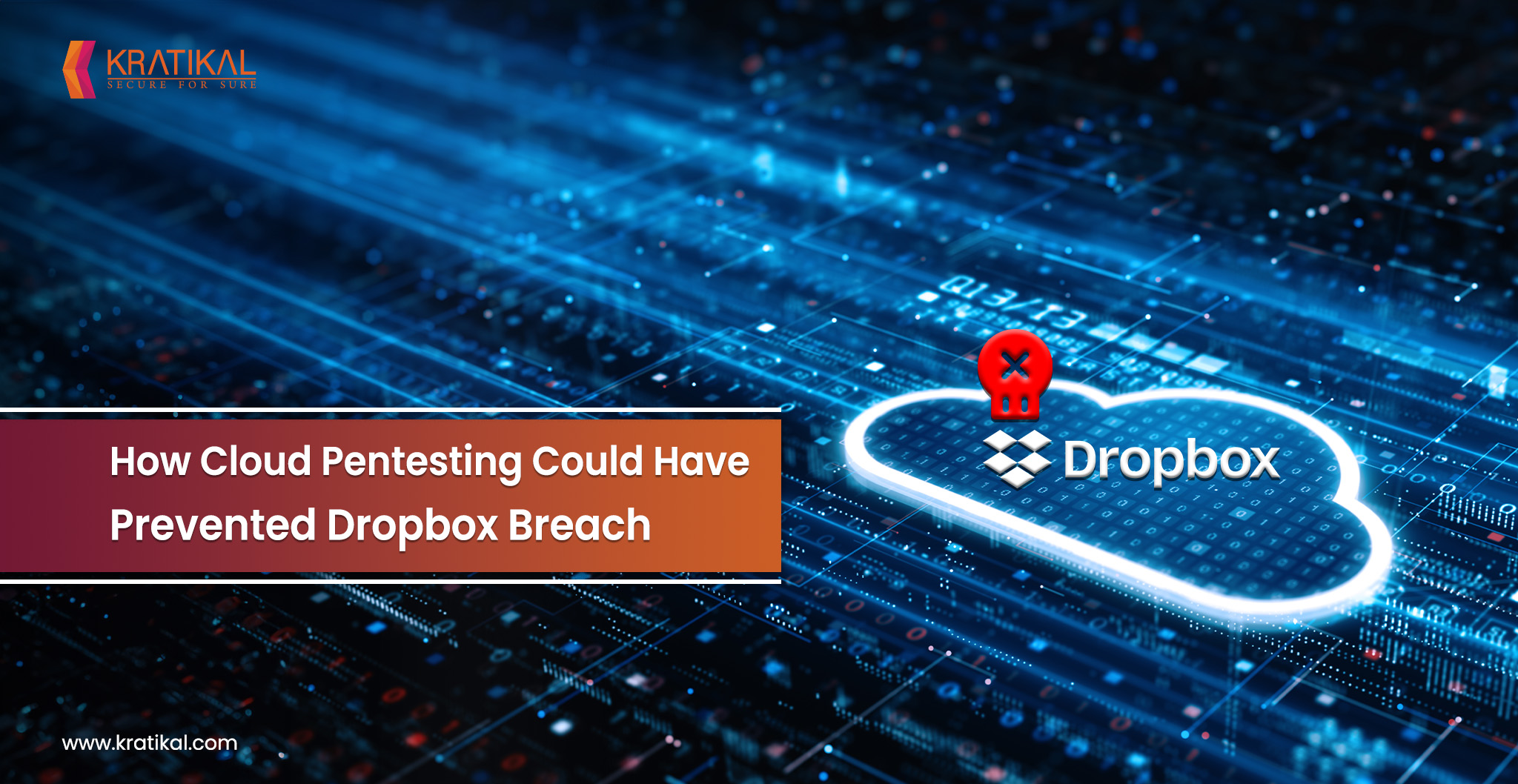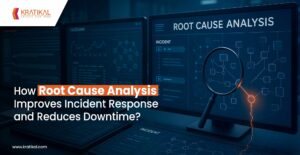The recent reveal of a Dropbox breach that exposed customer data rekindled discussions about cloud security. This brought out the importance of cloud pentesting for businesses in 2024. While the details of this incident are unknown, it serves as a timely reminder of the value of proactive methods such as cloud penetration testing.
Let’s look at both Dropbox incidents: the well-known 2012 data leak and the recent 2024 disclosure of user signatures via Dropbox Sign. In both cases, cloud pentesting played an important role in strengthening defenses and limiting damage.
Table of Contents
The Booming E-Signature Industry
The e-signature sector is expanding, changing the way how businesses finalize deals. E-signatures reduce the need for printing, mailing, and physical signatures, hence streamlining the process. This means speedier approvals, happier clients, and cost savings for businesses. E-signatures also give a secure and tamper-proof record, which increases trust and reduces fraud risk.
As technology advances, innovative solutions will emerge, not just for protecting signatures, but also for hackers who will develop new tactics to cause attacks and steal your private data, such as e-signing, as happened with Dropbox.
The Dropbox Breach

Dropbox announced a data breach in 2012 that affected more than 68 million accounts. Initial reports stated that just email addresses had been hacked. However, further findings proved that hackers also stole hashed and salted passwords.
According to a recent report, Dropbox exposed a vulnerability in its e-signature platform, Dropbox Sign (previously HelloSign), in May 2024. Hackers obtained access to user emails, usernames, and general account information. The threat actor also obtained phone numbers, hashed passwords, and authentication credentials such as API keys, OAuth tokens, and Multi-Factor Authentication.
Scope of the Dropbox Sign Breach
The consequence of the Dropbox Sign breach goes beyond registered users. The attackers obtained the names and email addresses of users who interacted with documents using Dropbox Sign, even if they never created an account. The access compromise allowed the attacker to exploit a service account meant for running automated tasks and applications.
By exploiting this unauthorized access, the attacker breached Dropbox Sign’s core systems and accessed the customer database. This considerably increased the number of possibly affected users.
The Attack Method
Investigators believe the attackers targeted a key vulnerability in Dropbox Sign’s internal infrastructure. They hacked a service account in Sign’s backend infrastructure, most likely exploiting its enhanced access capabilities. The compromised account then gave them access to the client database.
Dropbox established security precautions, but they were insufficient. This underscores the importance of continuous cloud security testing, especially in cloud systems.
Get in!
Join our weekly newsletter and stay updated
How Cloud Pentesting Could Have Prevented Dropbox Breach.
Cloud pentesting replicates real-world cyberattacks to identify vulnerabilities in an organization’s cloud infrastructure. It goes beyond standard security evaluations, using sophisticated techniques to detect flaws that attackers could exploit.

Here’s how cloud penetration testing might have helped prevent the Dropbox Incident:
Identifying Cloud Configuration Issues: Misconfigurations in cloud storage settings might lead to security vulnerabilities. Pentesting would have detected such flaws, allowing Dropbox to address them before a breach.
Testing Password Security: Cloud pentesting can evaluate password hashing strength and discover flaws. This could have encouraged Dropbox to use more secure password hashing techniques.
Simulating Attack Scenarios: Cloud Security Testing simulates real-world attacks, allowing organizations to test their incident response plans. This could have helped Dropbox identify and refine its response strategy, minimizing damage in the event of an actual breach.
Cloud Pentesting: Beyond Prevention
Cloud security testing offers valuable benefits beyond simply preventing breaches. These can be:
Improving Security Stance: Pentesting can assist organizations in understanding their overall security posture, allowing them to prioritize security efforts.
Adherence to Compliance: Many industries have strict data security regulations. Pentesting helps in ensuring compliance with these regulations.
Regular Cloud Pentesting: Regular cloud security testing develops a security-conscious culture and increases confidence in an organization’s capacity to withstand cyber attacks.
Book Your Free Cybersecurity Consultation Today!
Key Takeaways
The latest Dropbox breach emphasizes the importance of comprehensive cloud security. While we are unable to probe into the specifics of these breaches, however, they serve as an urgent reminder to organizations to prioritize preventative actions. This is where Kratikal’s premium cloud penetration testing services come in.
Kratikal, a Cert-In empanelled auditor with a clientele of over 450+ SMEs and enterprises, has exceptional competence in identifying and addressing cloud risks. Our comprehensive cloud pentesting technique extends beyond basic security checks, using innovative methodologies to simulate real-world attacks. This proactive approach helps businesses to:
- Identify and patch security flaws before attackers exploit them, avoiding attacks like the one experienced by Dropbox.
- Strengthen cloud configurations to eliminate misconfigurations that cause vulnerabilities.
- Evaluate password security and ensure that strong hashing measures are in place.
- Test incident response strategies to minimize the impact of a breach.
FAQ
- How often should cloud pentesting be conducted?
Cloud pentesting frequency depends on the risk, data sensitivity, regulations, etc. but at least annual pentesting is recommended, with more frequent testing for high-risk environments. - What are the different types of cloud pentesting?
Cloud pentesting can be categorized into various approaches, including: Black box, Gray box and White box testing.









Leave a comment
Your email address will not be published. Required fields are marked *